Why Japanese whisky is so good
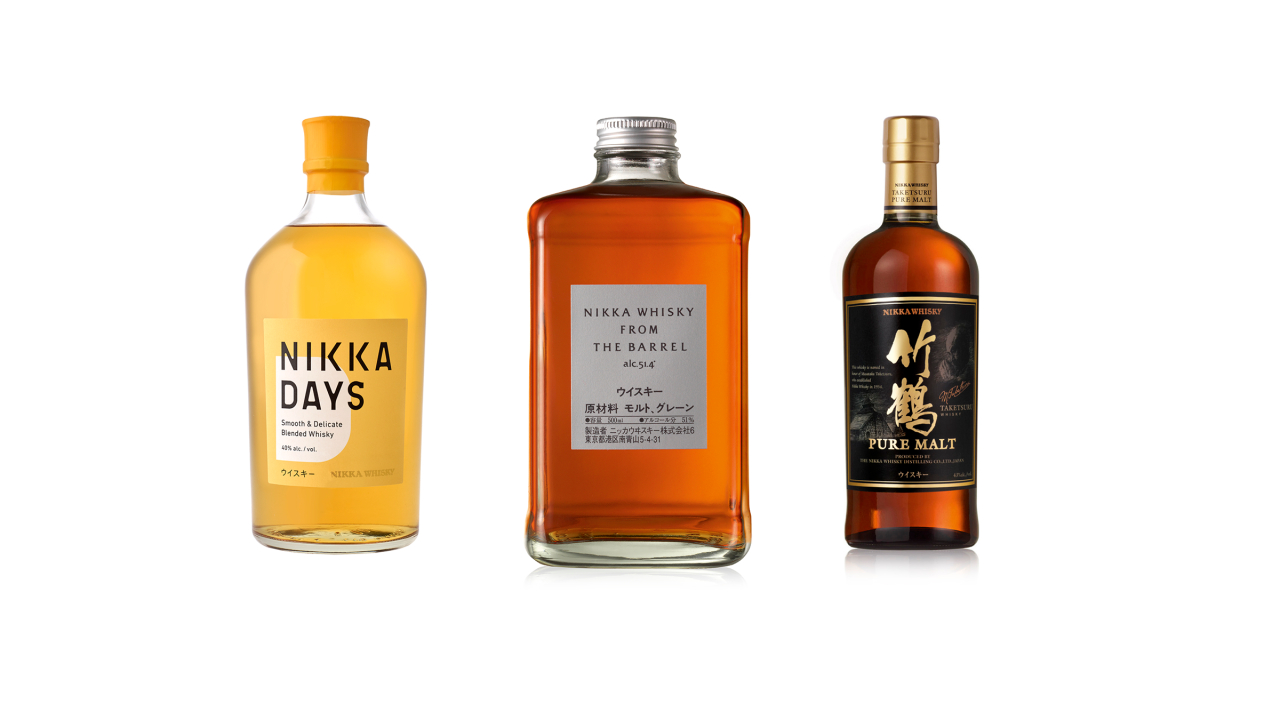
Whisky production is a relatively new craft in Japan, but the country’s distillers have wasted no time in making their mark on the industry.
Today heralded as world-class, Japanese whiskies have won countless accolades and praise – not bad going for a country with only a handful of distilleries.
In this extract from Be More Japan, we look at the origins of Japanese whisky, how the Japanese drink it and what makes it so good.
Scottish origins
In 1854, armed American ships opened up Japan after more than two centuries of self-imposed isolation. The Americans brought gifts with them, including casks of whisky.
However, it wasn’t until 1920 when chemist Masataka Taketsuru returned from studying whisky making in Scotland, that the brown spirit’s distilling secrets arrived in Japan. In 1923, Taketsuru helped set up the Yamazaki Distillery before later establishing his own, the Yoichi Distillery. The companies behind each one - Suntory and Nikka respectively - still dominate the Japanese whisky industry today.
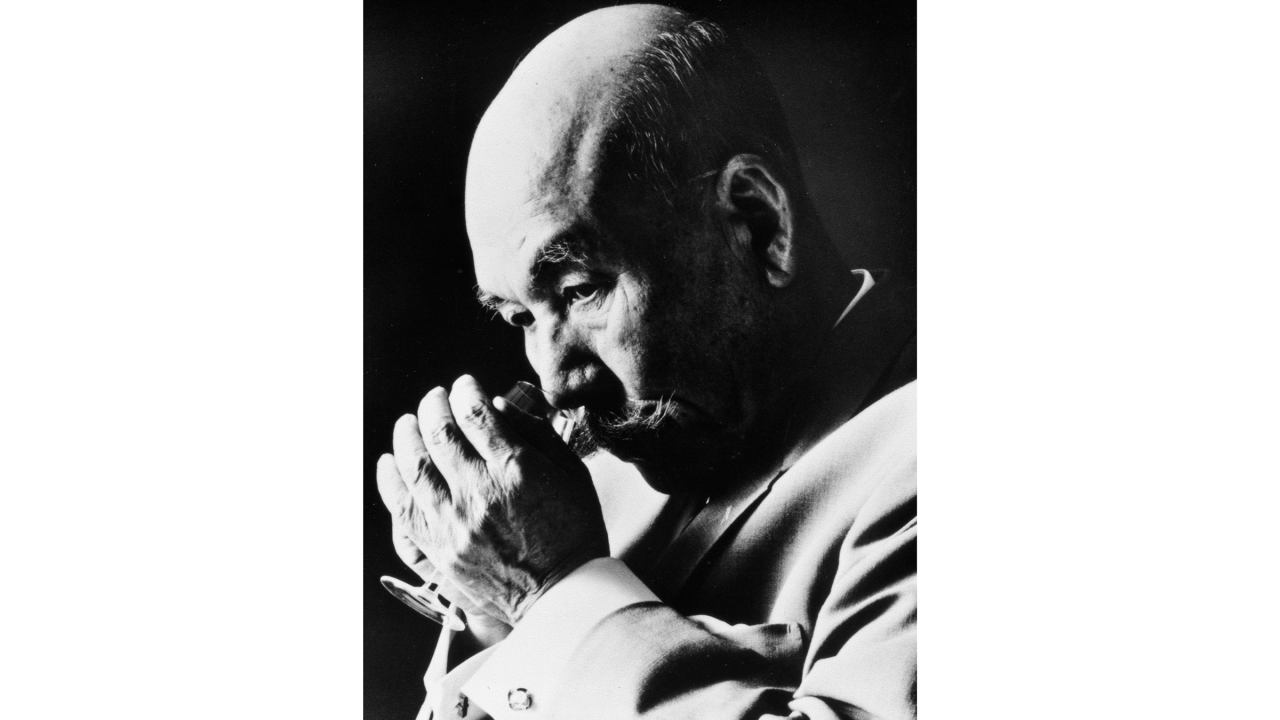
A local twist on Scotch methods
Japan’s distilleries typically adhere to Scotch methods, but the country’s distinct seasons have a significant impact on the maturation process - the cold winters slow the ageing of the spirit, while the humid summers speed it up.
A variety of casks are used in the ageing process, but the country’s indigenous lumber, most famously mizunara (Japanese oak), ages unique whisky that’s subtle, yet strong. Unlike their Scottish counterparts, Suntory and Nikka distil a mind-boggling array of whiskies in-house, giving them great control over their products and enabling them to experiment with different whisky-making techniques.
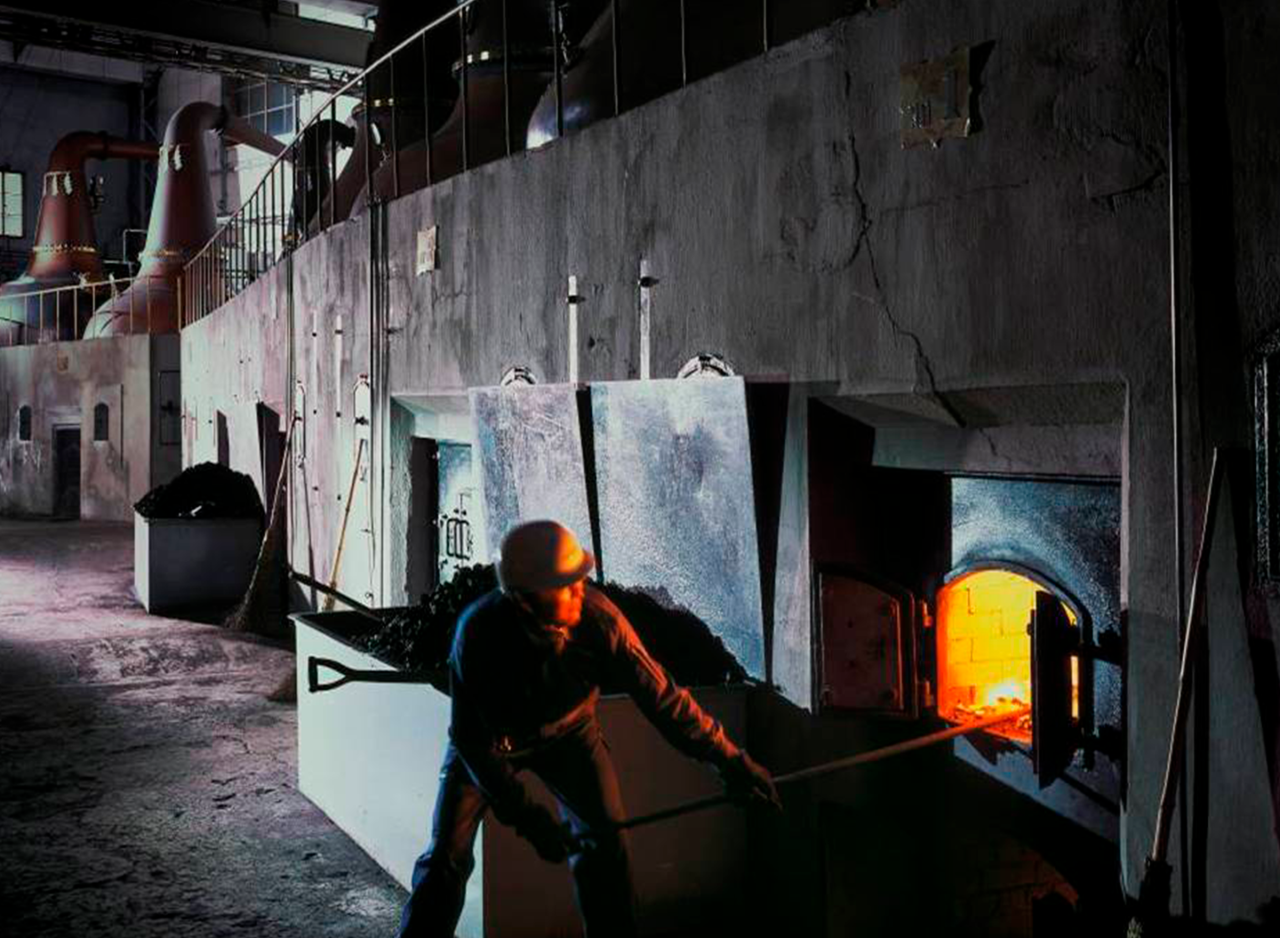
Japanese whisky highballs
Japanese whiskies can either be drunk straight or on the rocks, but the most popular way to enjoy them in Japan is a whiskey highball. Three parts carbonated water and one part whisky (cheap blends work well), highballs helped to power the spirit’s national ascent in the decades after World War II. Adding soda knocked down the high alcohol percentage, creating a refreshing beverage the country loved.
After whisky fell out of favour in the early 1980s, being overshadowed by clear spirits like shochu (sweet potato, barley or rice liquor), it was highballs that brought Japanese whisky roaring back in the 2000s.
The highball won’t overpower your food, making it ideal for pairing - soul foods, like takoyaki (octopus balls) and okonomiyaki (savoury pancakes) are particularly good companies, as is yakiniku (grilled meat).
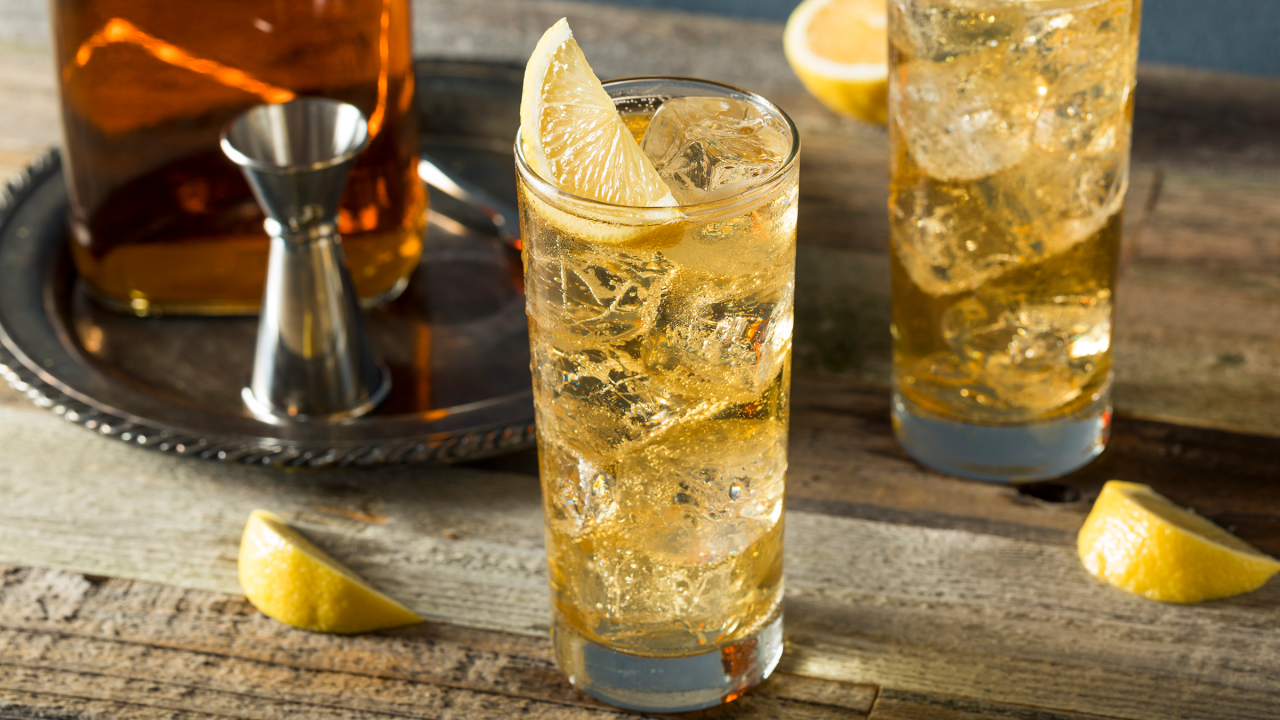
Three Japanese distilleries to visit
Yoichi Distillery (Yoichi, Hokkaido Prefecture)
Perhaps the most beautiful distillery in Japan, Yoichi is the only whisky distillery in the world to have coal-fired pot stills.
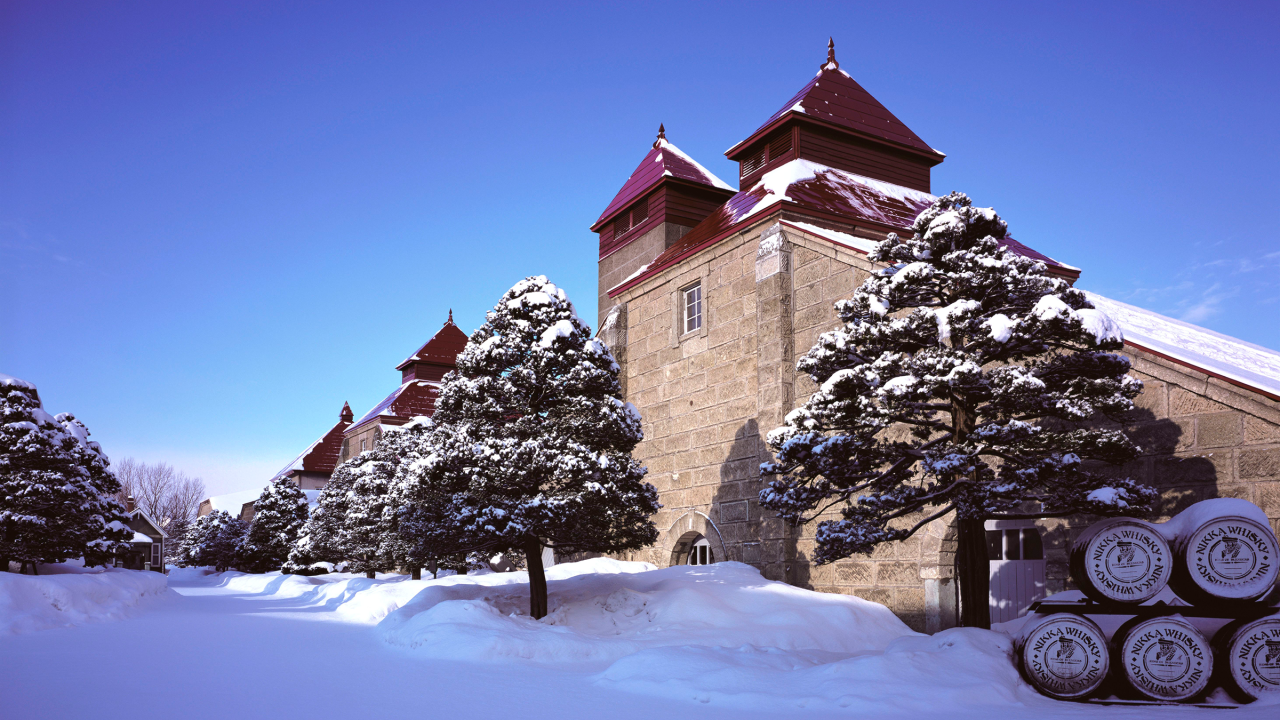
Kirin Fuji Gotemba Distillery (Gotemba, Shizuoka Prefecture
Kirin’s whisky distillery sits at the food of Mount Fuji, which provides the water for its whisky.
Yamazaki Distillery (Shimamoto-cho, Osaka Prefecture)
Founded in 1923, the Yamazaki Distillery is the oldest in Japan.
Read next
11 savoury and sweet Japanese snacks you'll love
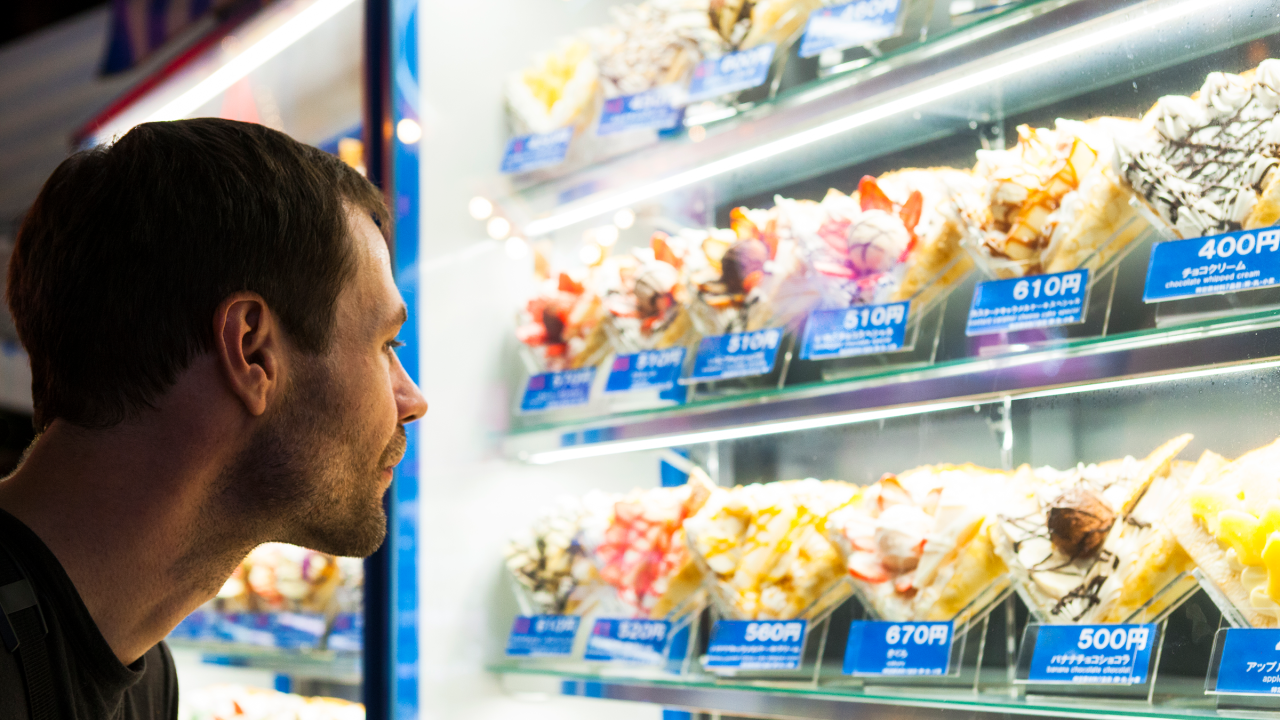
We all know that Japan is home to many unique cultures, practices and foods – but what you may not know is that Japan is also home to some of the world’s best (and strangest) snacks...
How Japan got its reputation for healthy living and dieting

The Japanese are among the longest-living people on earth, attributed in part to a healthy traditional diet and an incorporation of exercise into their daily routines. With over 2 million people who are aged over 90, we know that Japan must be doing something right when it comes to physical and mindful wellbeing.
